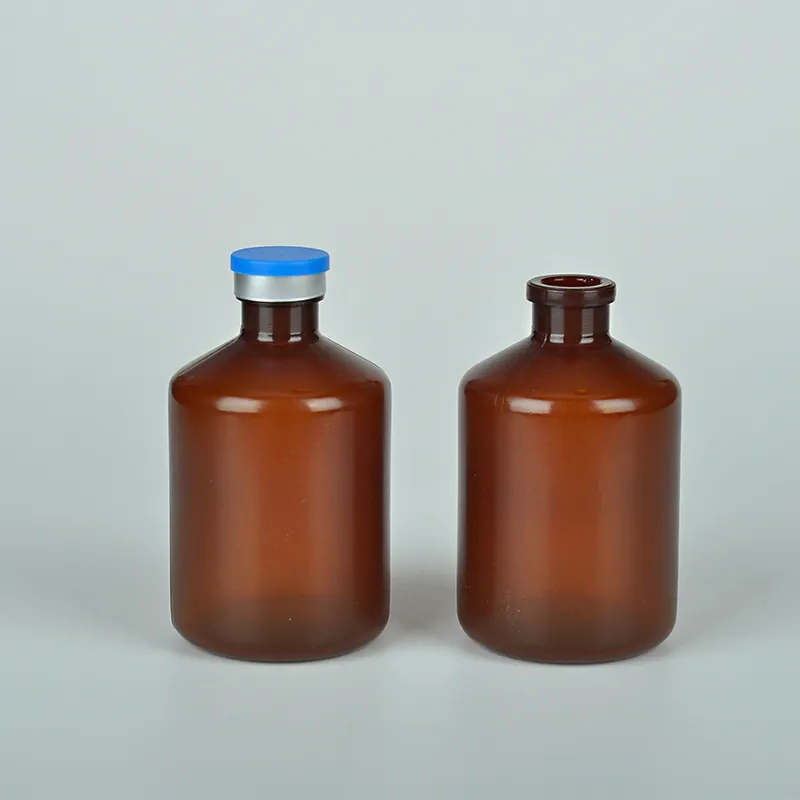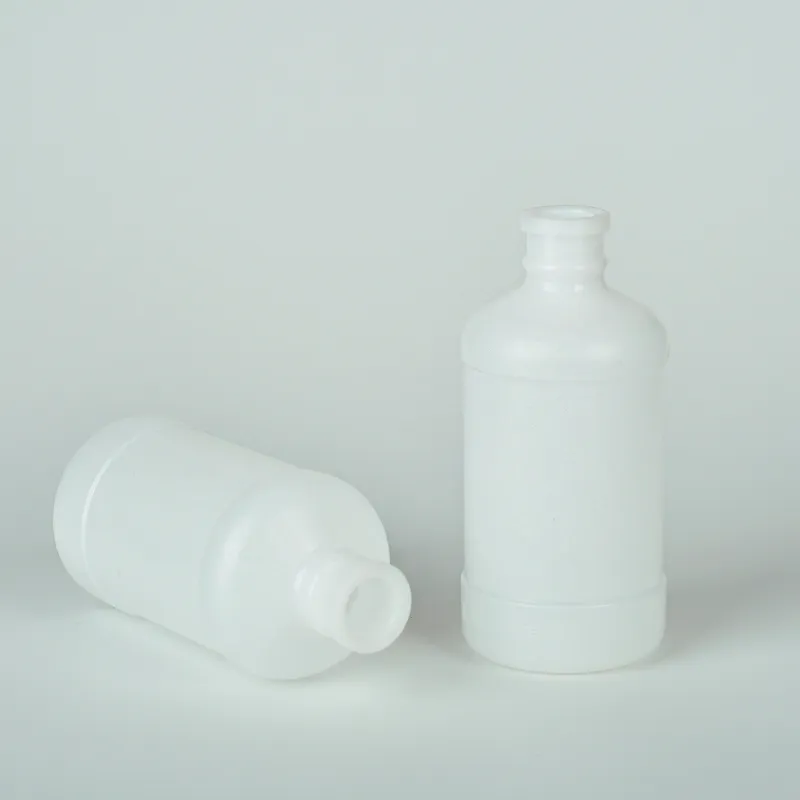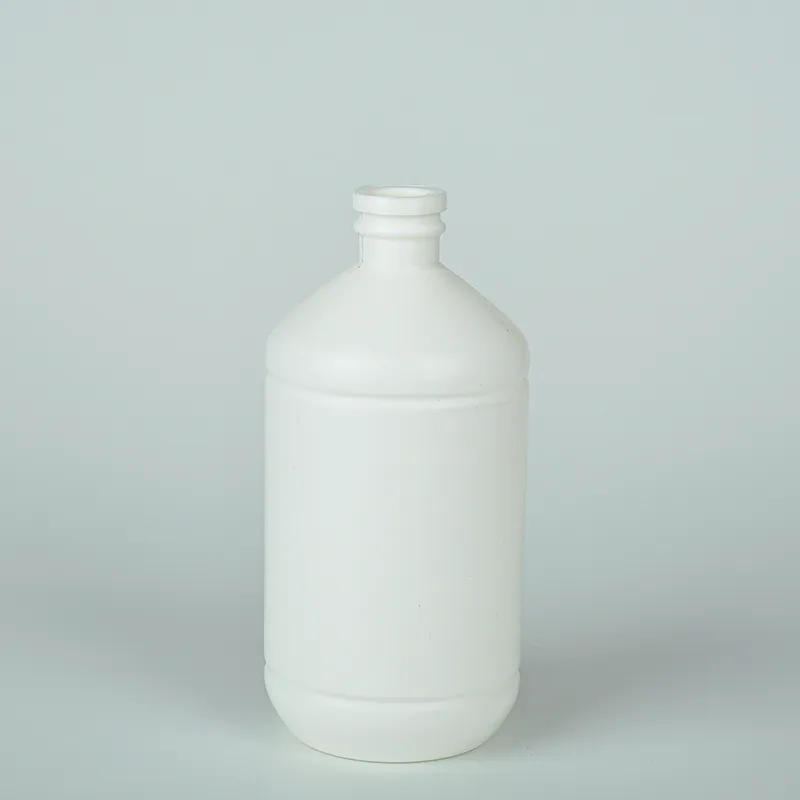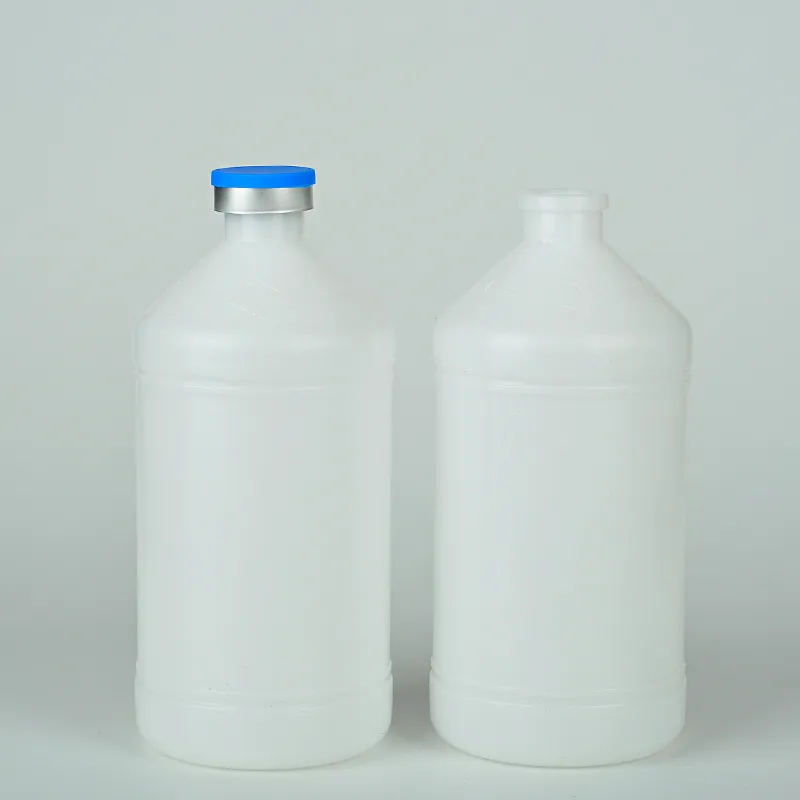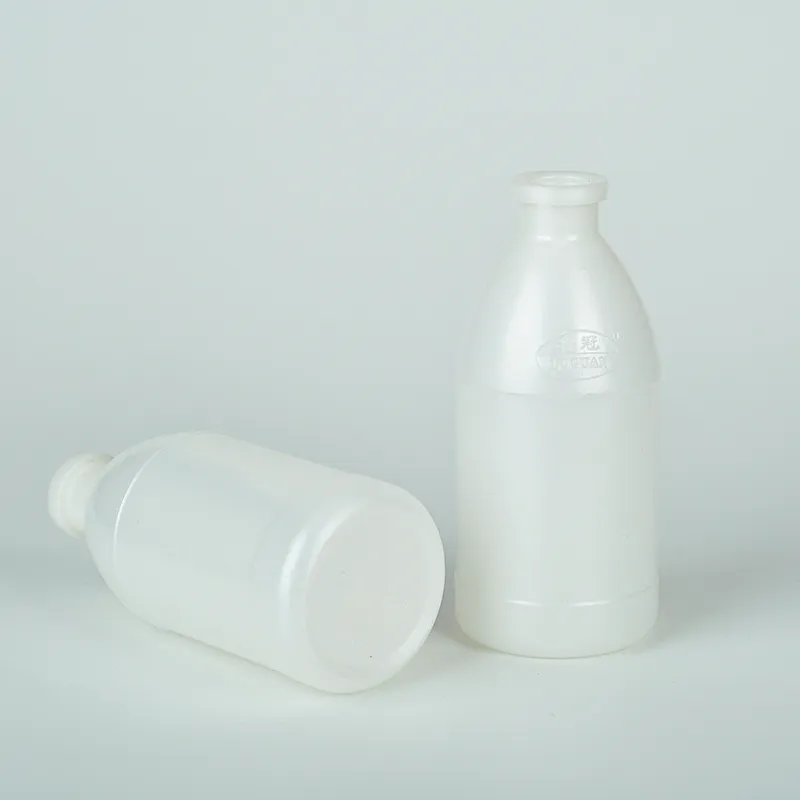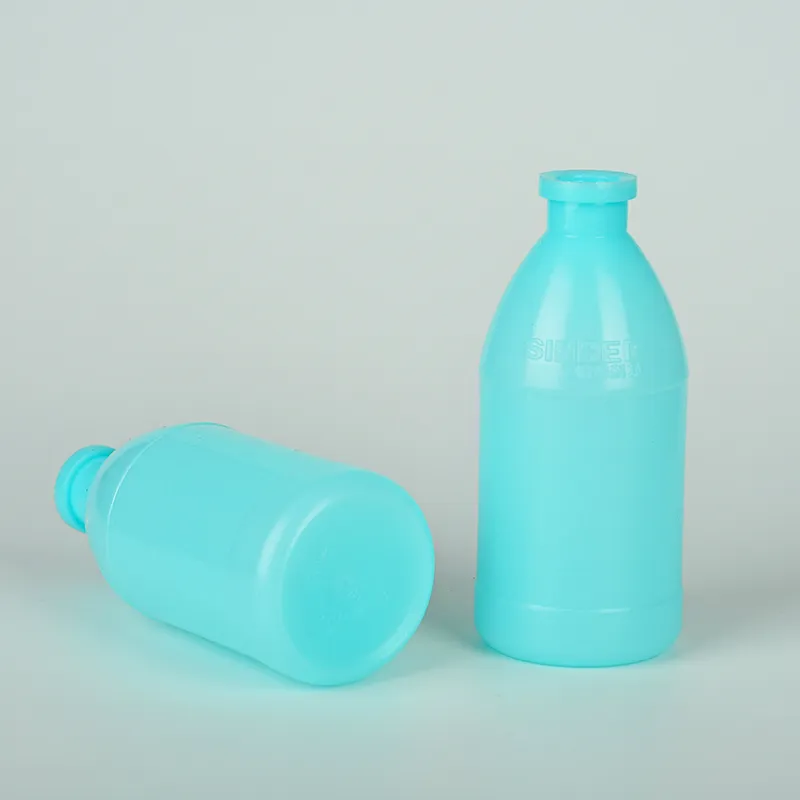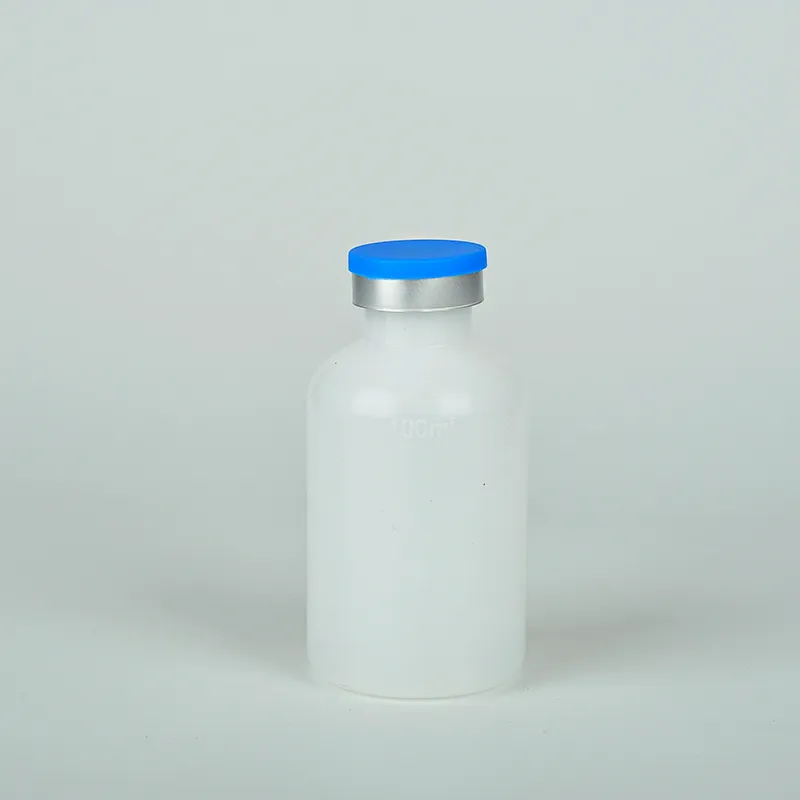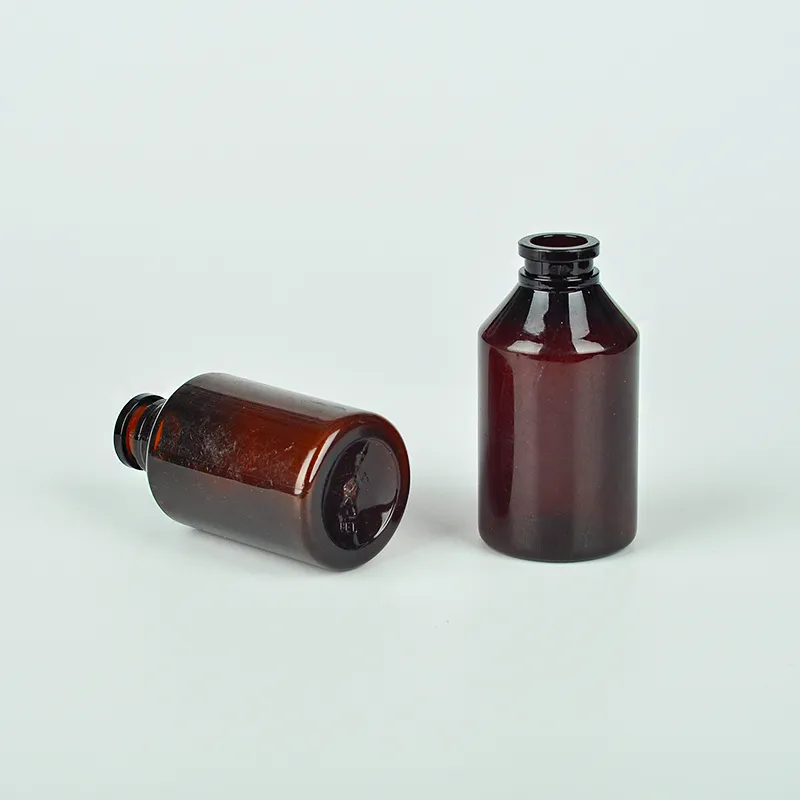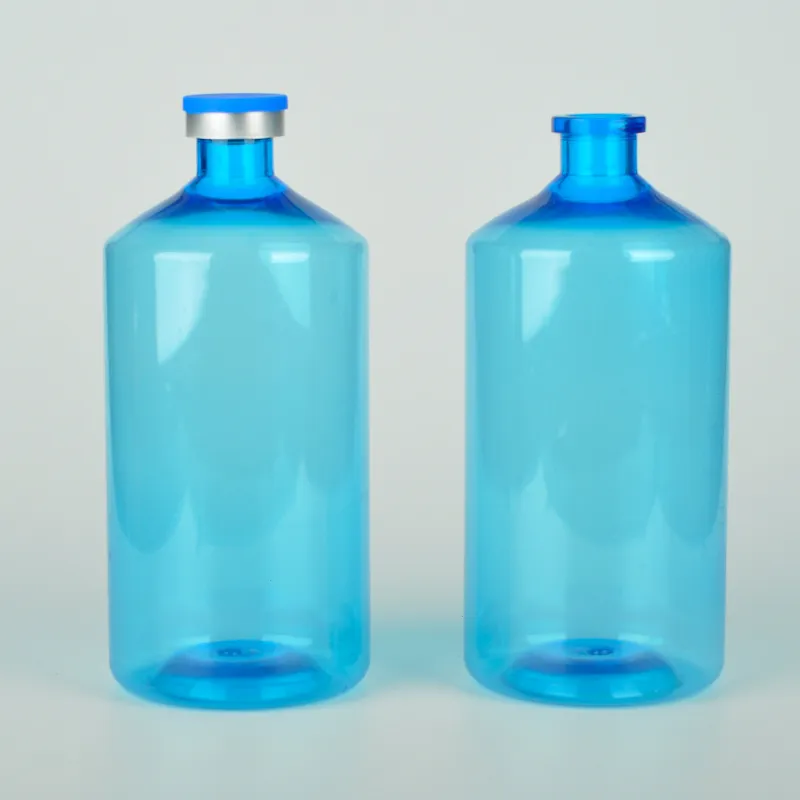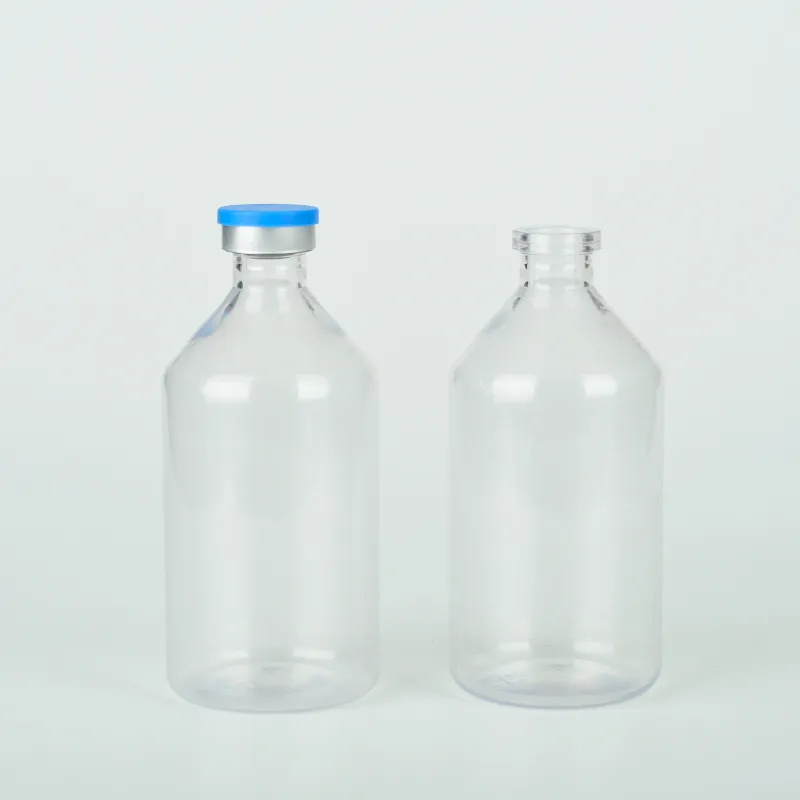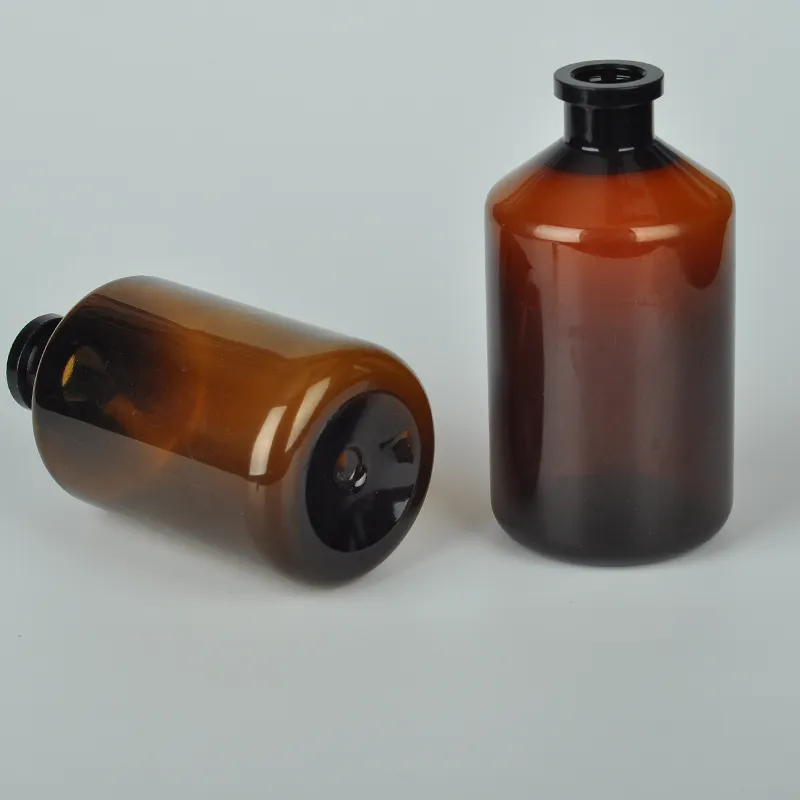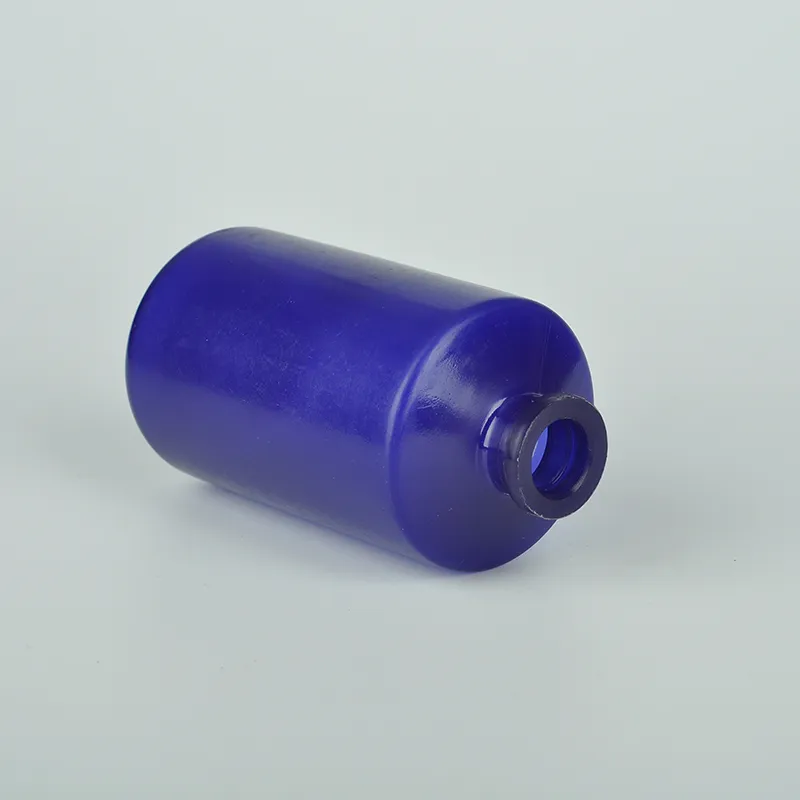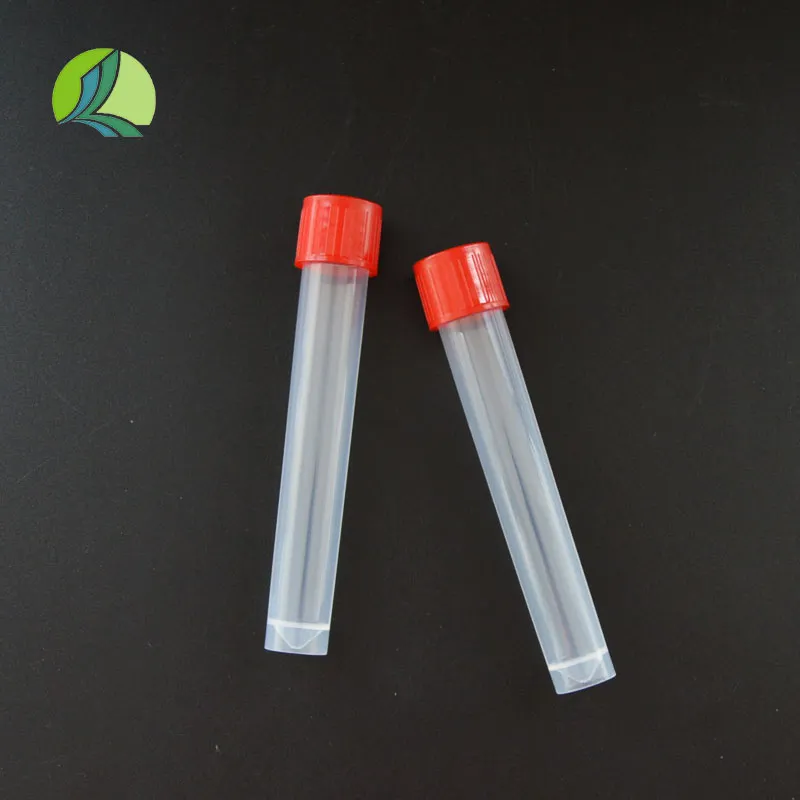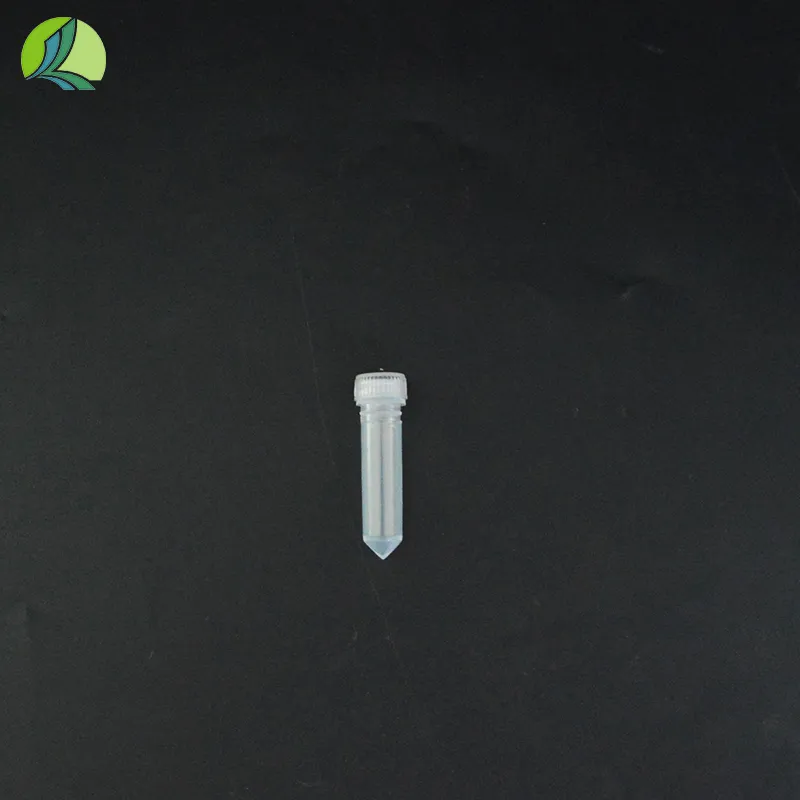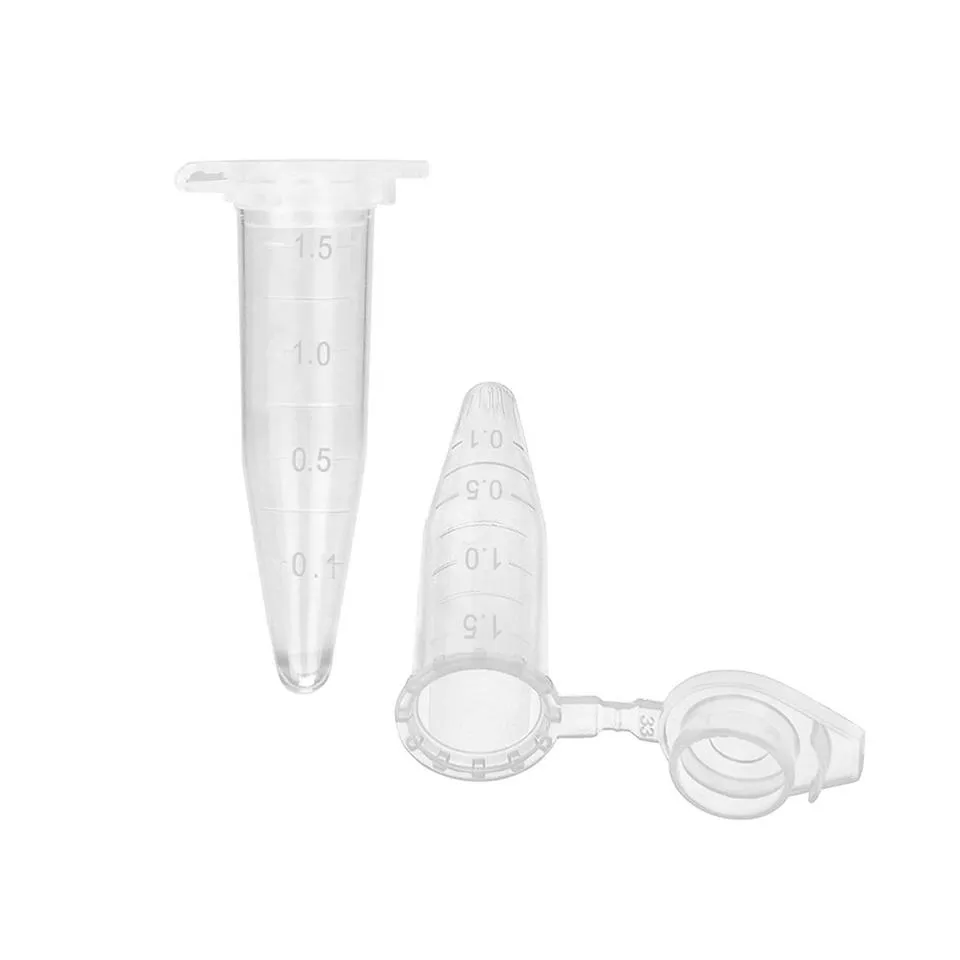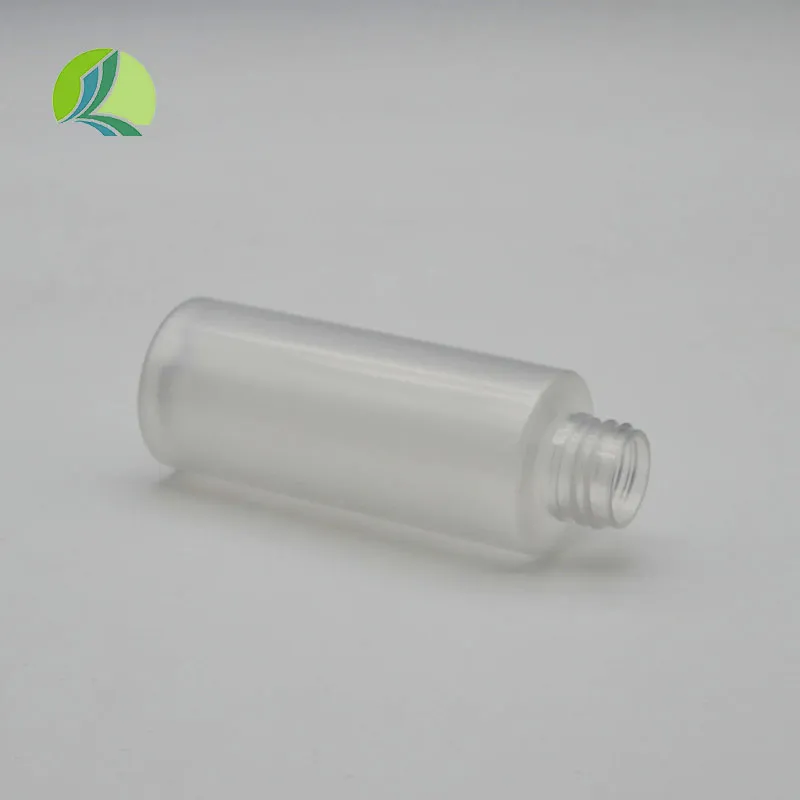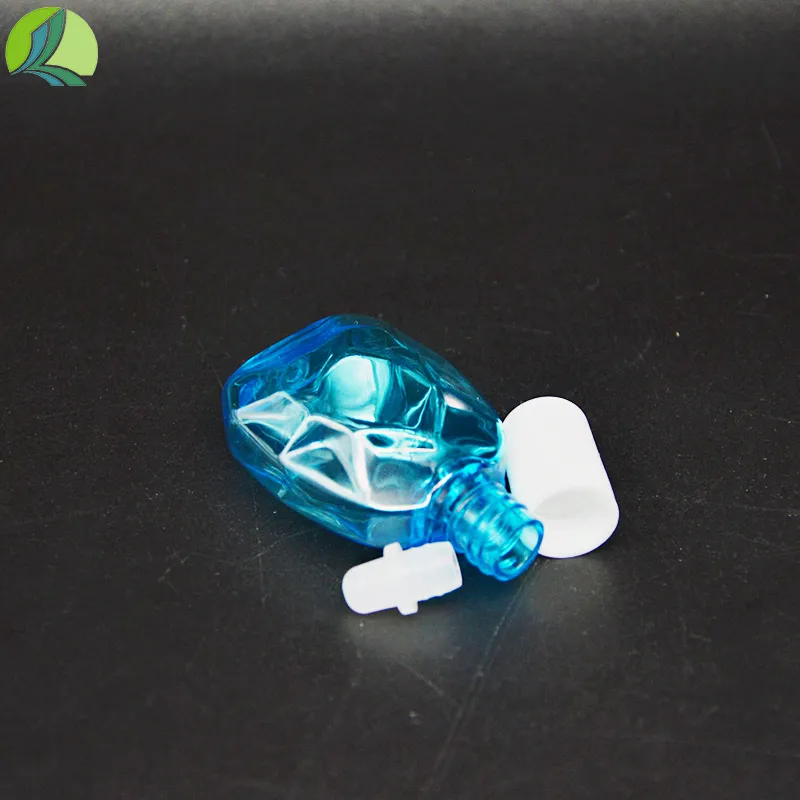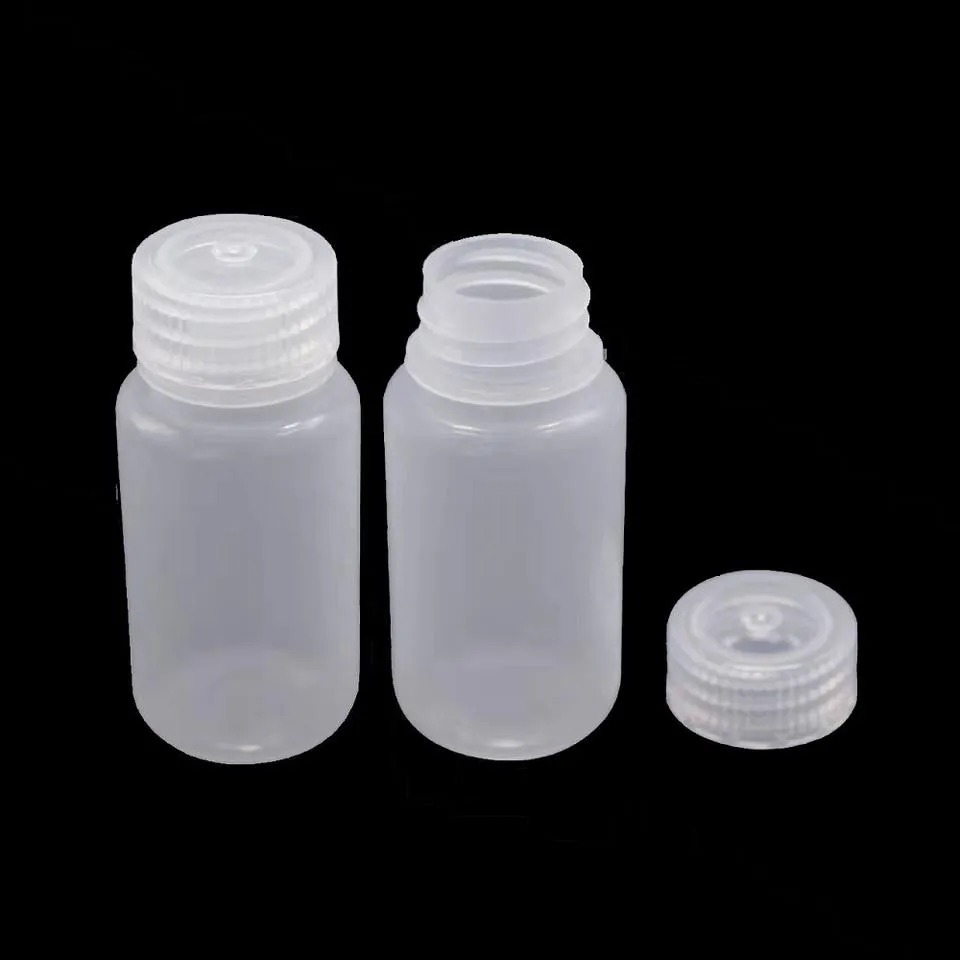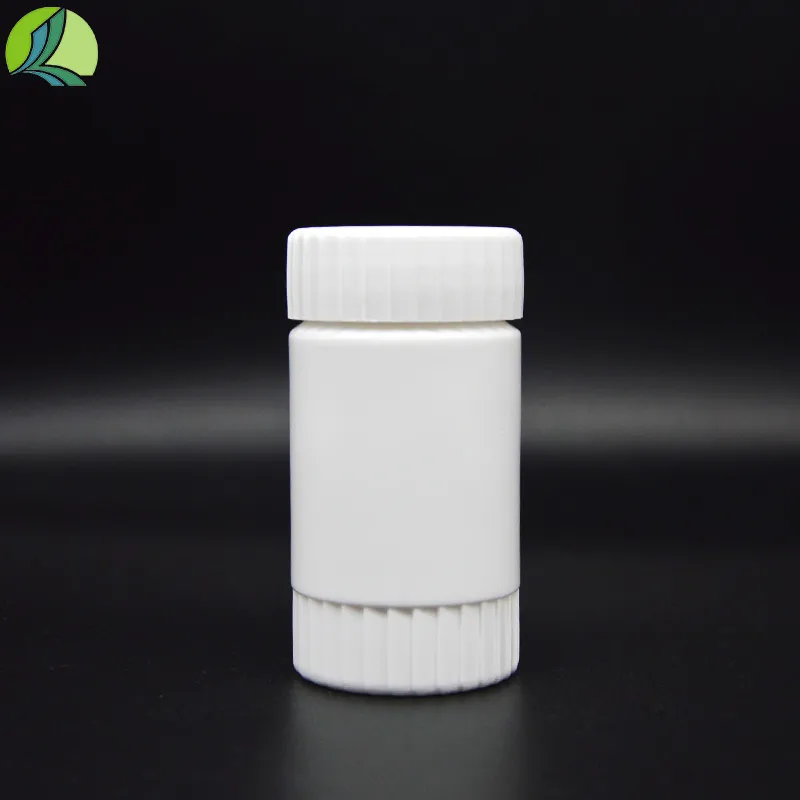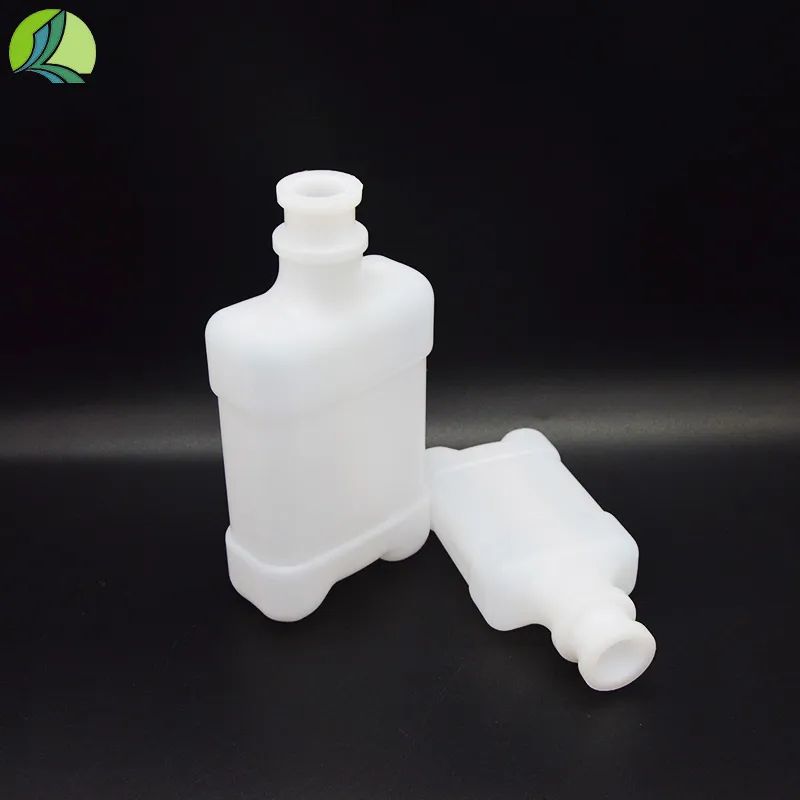Plastic Medicine Liquid Bottle: Secure Flip Top Drug Vials
Revolutionizing Pharmaceutical Packaging: The Emergence of Advanced Medicine Liquid Bottles
In the rapidly evolving landscape of pharmaceuticals and biotechnology, the integrity and sterility of drug packaging are paramount. The demand for robust, reliable, and compliant primary packaging solutions has never been higher, driven by global health initiatives, the rise of biologics, and stringent regulatory requirements. Central to this demand is the development and widespread adoption of the modern medicine liquid bottle, a critical component in safeguarding drug efficacy and patient safety. These innovative container111s are designed to offer superior chemical inertness, barrier properties, and dimensional stability, ensuring that sensitive formulations, including vaccines, sterile injectables, and diagnostic reagents, maintain their potency and purity from manufacturing to point of care. The shift towards advanced polymer-based solutions, such as high-density polyethylene (HDPE), polypropylene (PP), and polyethylene terephthalate (PET), marks a significant departure from traditional glass vials, addressing key challenges related to breakage, extractables, and leachables. This evolution is not merely a matter of material science but encompasses sophisticated manufacturing processes, rigorous quality control, and an acute understanding of pharmaceutical compatibility. As the industry navigates complex supply chains and increasing regulatory scrutiny, the strategic selection and implementation of the right packaging, exemplified by the Sterile Vaccine Vial Plastic Liquid Vial For Medical Purposes, becomes a cornerstone of product success and market competitiveness, reflecting a deep commitment to patient well-being and product integrity.
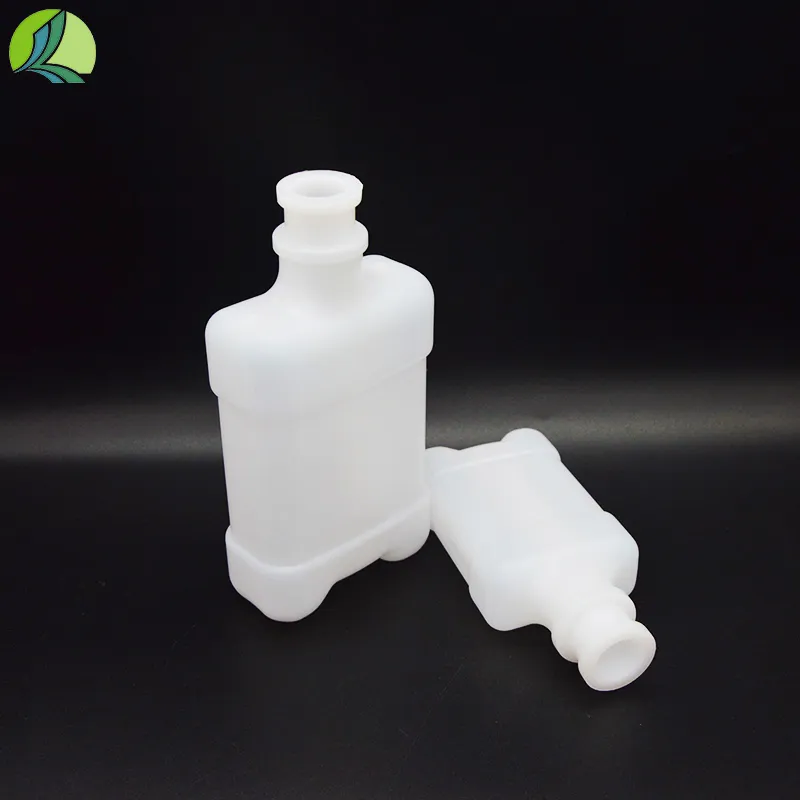
Precision Engineering: The Manufacturing Process of Advanced Plastic Vials
The production of a high-quality medicine liquid bottle, particularly specialized container111s like plastic drug vials and plastic medicine vials designed for medical purposes, involves a meticulously controlled and technologically advanced manufacturing process. This typically begins with the selection of medical-grade virgin polymer resins, such as USP Class VI approved HDPE, PP, or PET, chosen for their excellent chemical resistance, low extractables profile, and compatibility with pharmaceutical formulations. The primary manufacturing technique employed is often injection stretch blow molding (ISBM) or extrusion blow molding (EBM), conducted within ISO Class 7 or Class 8 cleanroom environments to prevent microbial and particulate contamination. In ISBM, a preform is first injection molded, then heated and stretched biaxially during the blowing phase, which enhances the material's barrier properties and mechanical strength. EBM, on the other hand, involves extruding a molten plastic parison, which is then inflated within a mold to form the bottle. Following the molding process, vials undergo rigorous post-processing steps, including precise trimming, deburring, and annealing, to ensure dimensional accuracy and stress relief.
Crucial to the integrity of these container111s are the comprehensive inspection and quality assurance protocols. Each batch is subjected to a battery of tests, including visual inspection for defects, dimensional checks using automated optical systems, leak testing to verify seal integrity, and container111 closure integrity (CCI) testing to ensure sterility maintenance. Biological and chemical testing, such as extractables and leachables (E&L) studies, are performed to confirm that no harmful substances migrate from the container111 into the drug product. Sterilization, often achieved through gamma irradiation, ethylene oxide (EtO), or autoclaving, is performed according to stringent protocols (e.g., ISO 11137 for radiation sterilization) to render the vials sterile and ready for aseptic filling. These processes adhere strictly to international standards like ISO 13485 for Medical Devices Quality Management Systems and FDA 21 CFR Parts 210 and 211 for Current Good Manufacturing Practices (cGMP), ensuring that every plastic drug vial meets the highest benchmarks for safety, performance, and regulatory compliance. The estimated service life for these high-quality plastic vials typically exceeds five years under recommended storage conditions, showcasing their long-term reliability for diverse medical applications, from sterile injectables to diagnostic reagents, ensuring energy-efficient production and resistance to common corrosive agents in pharmaceutical environments.
Technical Specifications and Performance Metrics of Medical-Grade Vials
Understanding the technical parameters of a plastic medicine vial is essential for pharmaceutical companies to ensure compatibility with drug formulations, filling lines, and storage conditions. The Sterile Vaccine Vial Plastic Liquid Vial For Medical Purposes exemplifies a product engineered to meet stringent industry demands, offering precise specifications that contribute to its efficacy and reliability. Key parameters include nominal capacity, material composition, physical dimensions (height, diameter, neck finish), and crucial performance attributes such as sterility assurance level (SAL), chemical resistance, and barrier properties against oxygen and moisture. These vials are designed with specific neck finishes, such as 13mm or 20mm crimp finishes, to accommodate standard stoppers and flip-top vials, ensuring a secure seal. The choice of polymer, like medical-grade PP or HDPE, directly impacts the vial's resistance to a wide range of chemicals, pH variations, and temperature fluctuations, making them suitable for sensitive biologics and small molecule drugs alike. Furthermore, the optical clarity, where applicable, allows for visual inspection of the contents, a critical feature for quality control and patient safety.
Beyond these core specifications, advanced plastic drug vials often feature design enhancements such as specific shoulder designs for optimal fill-finish line performance, integrated tamper-evident features, and customizable coloring for product differentiation or light protection. The precision in manufacturing ensures minimal particulate generation and consistent dimensional tolerances, which are crucial for high-speed automated filling lines. This meticulous attention to detail at every stage of design and production underscores the commitment to delivering packaging solutions that not only contain but also protect the integrity of life-saving medicines and sensitive biological materials.
Strategic Advantages and Diverse Applications of Plastic Medical Vials
The adoption of plastic medicine vials and specifically the Sterile Vaccine Vial Plastic Liquid Vial For Medical Purposes offers a compelling array of technical advantages over traditional glass packaging, particularly within the sensitive pharmaceutical and biotechnological sectors. One of the primary benefits is their superior durability and shatter resistance, which significantly reduces the risk of breakage during transportation, handling, and automated filling processes. This not only enhances safety for personnel but also minimizes product loss and associated costs, contributing to a more efficient and sustainable supply chain. Furthermore, medical-grade plastics exhibit excellent chemical inertness, meaning they are less likely to interact with or leach substances into sensitive drug formulations, a critical factor for maintaining drug stability and efficacy, especially for biologics and advanced therapies where protein aggregation or degradation can be a concern. Their lighter weight compared to glass also translates into reduced shipping costs and a smaller carbon footprint, aligning with growing industry demands for environmental responsibility.
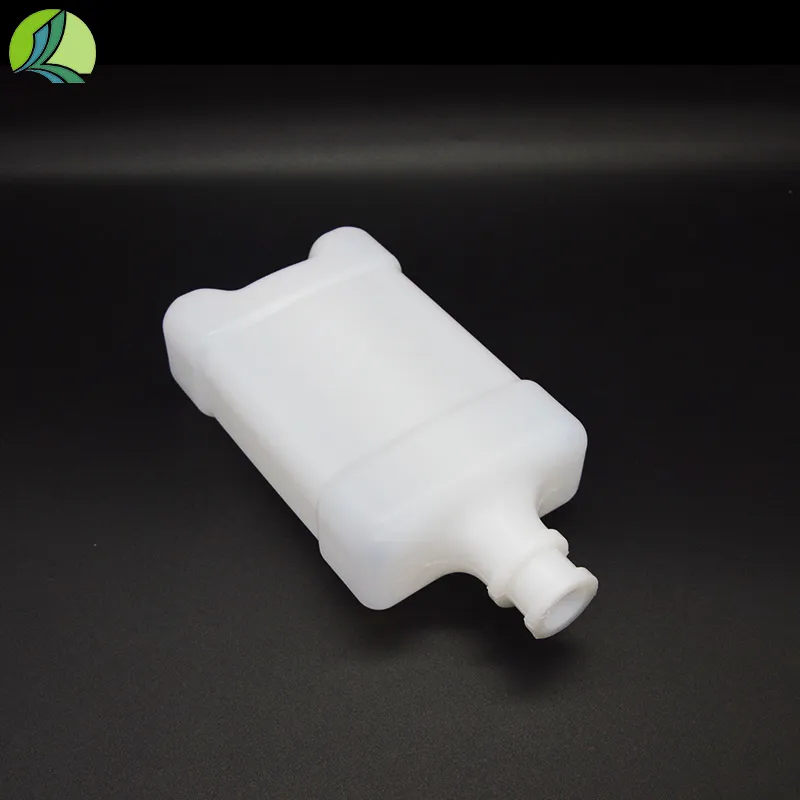
The application spectrum for these advanced medicine liquid bottle solutions is remarkably broad, spanning critical areas of healthcare. They are indispensable for packaging vaccines, where their robust nature ensures safe global distribution, especially to regions with challenging logistics. In the realm of injectables, including insulin, human growth hormones, and a vast range of small molecule drugs, plastic vials offer a reliable sterile container111. Beyond pharmaceuticals, they are extensively used in diagnostic kits, where the precise dosing and chemical compatibility are vital for accurate test results. Biotechnology companies leverage these vials for cell culture media, reagents, and sensitive research samples, appreciating their low protein binding characteristics and sterility. The versatility extends to veterinary medicine, ophthalmic solutions, and even some specialized cosmetic or personal care products requiring sterile or high-purity packaging. The ability of these vials to integrate seamlessly into existing automated fill-finish lines, coupled with their consistent quality and robust performance, positions them as a cornerstone of modern medical packaging, supporting diverse healthcare applications and ensuring the integrity of vital liquid formulations.
Strategic Customization and Manufacturer Selection for Optimal Packaging Solutions
Choosing the right supplier for plastic flip top vials and other specialized medicine liquid bottle solutions is a strategic decision that profoundly impacts product integrity, regulatory compliance, and market success. While generic options are available, the ability to implement bespoke customization solutions is a significant differentiator. Leading manufacturers, understanding the unique requirements of various drug formulations and delivery systems, offer comprehensive customization services. This includes tailoring vial dimensions (height, diameter, neck finish) to fit specific filling equipment and product volumes, selecting optimal polymer grades (e.g., highly transparent PET for visual inspection, or opaque HDPE for light-sensitive drugs), and incorporating unique design features such as ribbing for enhanced grip, specific labeling areas, or integrated tamper-evident closures. Custom color options are also available for branding or to protect light-sensitive contents, further enhancing the functional and aesthetic aspects of the packaging. The development process for custom solutions typically involves close collaboration between the client's R&D team and the manufacturer's engineering and materials science experts, leveraging advanced CAD/CAM tools and rapid prototyping to ensure precise fit and function before full-scale production.
When evaluating manufacturers for medical-grade plastic vials, several critical factors must be considered to ensure alignment with Google principles of Expertise, Experience, Authoritativeness, and Trustworthiness. A reputable manufacturer will possess extensive expertise in medical packaging, demonstrated by a long history of serving the pharmaceutical industry and deep knowledge of regulatory frameworks such as FDA 21 CFR and ISO 13485. Their experience should be evident through a portfolio of successful projects, client testimonials, and a proven track record of consistent quality and on-time delivery. Authoritativeness is reflected in their certifications (e.g., ISO 9001, ISO 13485), participation in industry standards bodies, and the publication of technical data or white papers. Companies that consistently invest in R&D and advanced manufacturing technologies, like cleanroom facilities and automated inspection systems, further reinforce their authoritative standing. Trustworthiness is built through transparent communication, robust quality control processes, comprehensive product documentation (including material certificates and E&L data), and a strong commitment to customer support, including clear delivery schedules, comprehensive warranty policies, and readily available technical assistance. An established manufacturer will also offer flexible minimum order quantities and scalable production capabilities to accommodate both R&D batches and large-scale commercial production, ensuring a reliable partnership for the long term. This rigorous selection process ensures that pharmaceutical companies procure packaging solutions that meet the highest standards of safety, performance, and regulatory compliance.
Ensuring Trust and Reliability: Quality Assurance, Support, and Real-World Applications
For pharmaceutical and biotechnology companies, the trustworthiness of a packaging supplier is as crucial as the technical specifications of the medicine liquid bottle itself. A commitment to transparency, quality, and comprehensive support forms the bedrock of a reliable partnership. Our commitment begins with stringent quality assurance protocols embedded throughout the manufacturing process, from raw material inspection to final product release. This includes maintaining an ISO 13485 certified quality management system, ensuring that every Sterile Vaccine Vial Plastic Liquid Vial For Medical Purposes meets the highest international standards for medical devices. We provide full traceability for all batches, allowing for complete transparency and accountability. Our quality control extends to rigorous testing, including leak tests, container111 closure integrity (CCI) tests, and extractables and leachables (E&L) studies, with detailed reports available upon request to demonstrate compliance with FDA and USP guidelines. This meticulous approach ensures that each plastic drug vial is safe, compatible with sensitive formulations, and ready for aseptic filling.
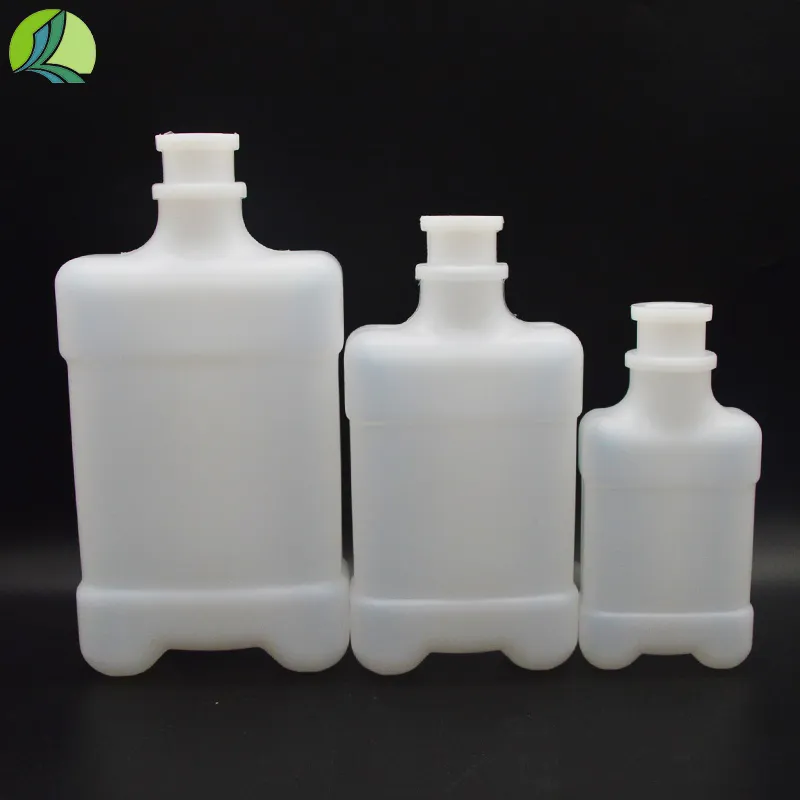
Beyond product quality, our comprehensive customer support system ensures a seamless experience from inquiry to delivery and beyond. Our typical delivery cycle for standard products ranges from 4 to 6 weeks, with expedited options available for urgent requirements, while customized solutions may require additional lead time for mold development and validation. We offer a robust warranty on all our plastic medicine vials, covering manufacturing defects and ensuring product performance as per specifications. Our dedicated technical support team is available to assist with product selection, compatibility assessments, regulatory documentation, and troubleshooting, providing expert guidance tailored to specific client needs. We also understand the importance of post-sales support, with a commitment to addressing any concerns promptly and efficiently. Our vials are deployed in a multitude of critical applications globally, from safeguarding life-saving vaccines in national immunization programs to containing essential diagnostic reagents in clinical laboratories. Our collaboration with leading pharmaceutical companies and biotech innovators underscores our role as a trusted partner, consistently delivering high-quality, reliable, and compliant packaging solutions that contribute directly to public health and scientific advancement.
Frequently Asked Questions (FAQs)
Q1: Are your plastic medicine vials truly sterile and ready for aseptic filling?
A1: Yes, our Sterile Vaccine Vial Plastic Liquid Vial For Medical Purposes and other medical-grade vials are supplied sterile, with a Sterility Assurance Level (SAL) of 10-6, typically achieved through validated gamma irradiation or EtO sterilization processes. They are produced in certified cleanroom environments (ISO Class 7/8) and are ready for immediate aseptic filling, minimizing preparation steps for our clients. Full sterilization certificates and process validation reports are available upon request.
Q2: What materials are your plastic drug vials made from, and how do you ensure chemical compatibility?
A2: Our vials are primarily manufactured from medical-grade virgin Polypropylene (PP) or High-Density Polyethylene (HDPE), both USP Class VI compliant, ensuring high purity and minimal extractables. To ensure chemical compatibility, we conduct rigorous extractables and leachables (E&L) studies on our standard products. For specific drug formulations, we recommend clients conduct their own compatibility studies as part of their stability testing, and we can provide material samples and detailed specifications to facilitate this process.
Q3: Can these vials withstand cryogenic temperatures for vaccine storage?
A3: Certain formulations of our medicine liquid bottle products, particularly those made from specialized PP or HDPE, are designed to withstand low temperatures, suitable for refrigerated (2-8°C) and frozen (-20°C) storage. For cryogenic applications (-80°C and below), specific polymers and vial designs are required, and we offer specialized plastic drug vials engineered for ultra-low temperature integrity, mitigating risks of cracking or degradation. Please consult with our technical team for specific cryogenic storage requirements.
References
- International Organization for Standardization. (2016). ISO 13485: Medical devices — Quality management systems — Requirements for regulatory purposes.
- United States Pharmacopeial Convention. (2020). USP General Chapter Biological Reactivity Tests, In Vitro and Biological Reactivity Tests, In Vivo.
- U.S. Food and Drug Administration. (2016). 21 CFR Part 210: Current Good Manufacturing Practice in Manufacturing, Processing, Packing, or Holding of Drugs.
- U.S. Food and Drug Administration. (2016). 21 CFR Part 211: Current Good Manufacturing Practice for Finished Pharmaceuticals.
- Parenteral Drug Association (PDA). (2014). Technical Report No. 68: Container Closure Integrity Testing (CCI) – A Review of Current Technologies and Industry Practices.
-
Durable 250ml Blue Plastic Vaccine Vial for Lab & Vet UseNewsAug.16,2025
-
Sterile Virus Sample Tubes: Secure & Reliable Specimen CollectionNewsAug.15,2025
-
White 250ml Plastic Vaccine Vial for Lab & Vet MedicineNewsAug.14,2025
-
Premium Clear Plastic Vaccine Vials for Lab & Vet MedicineNewsAug.13,2025
-
Plastic Clear Vaccine Vials | Lab & Vet Liquid StorageNewsAug.12,2025





